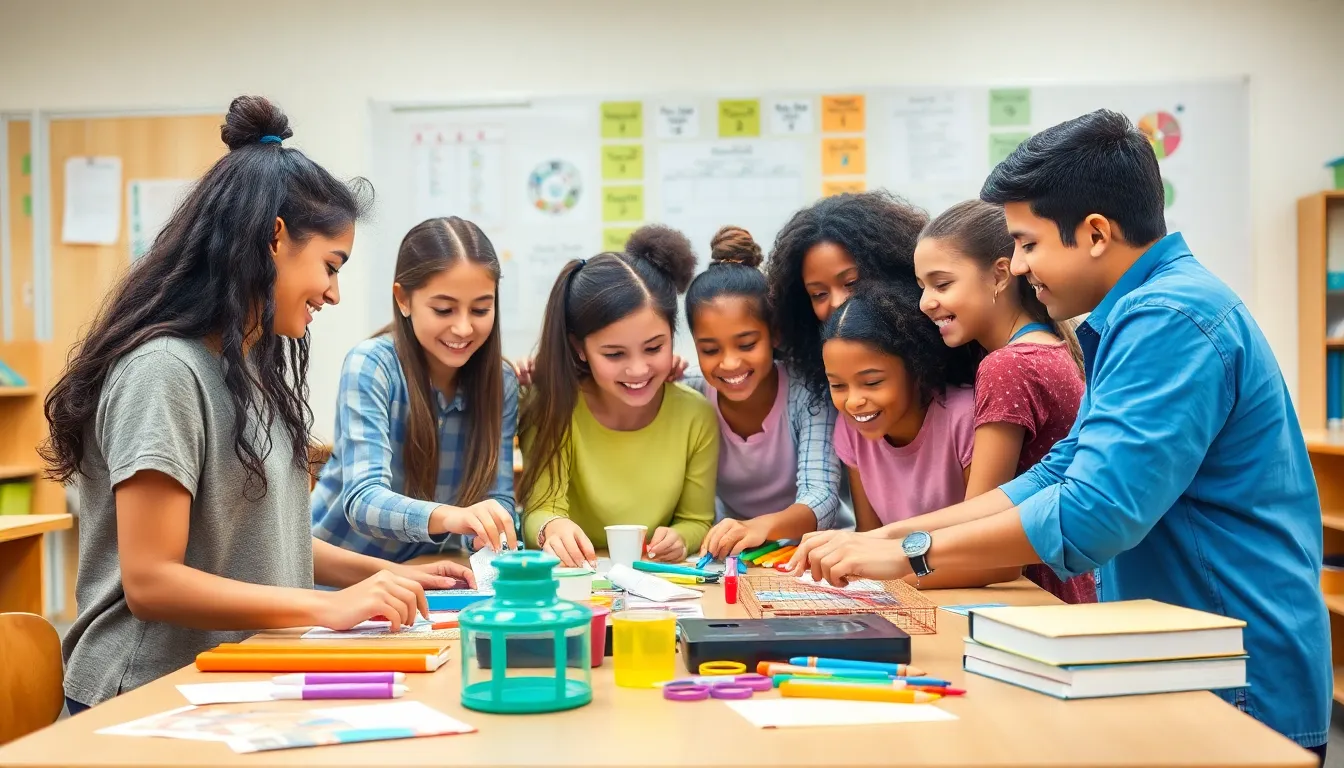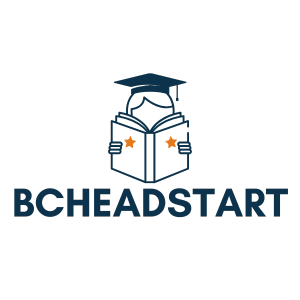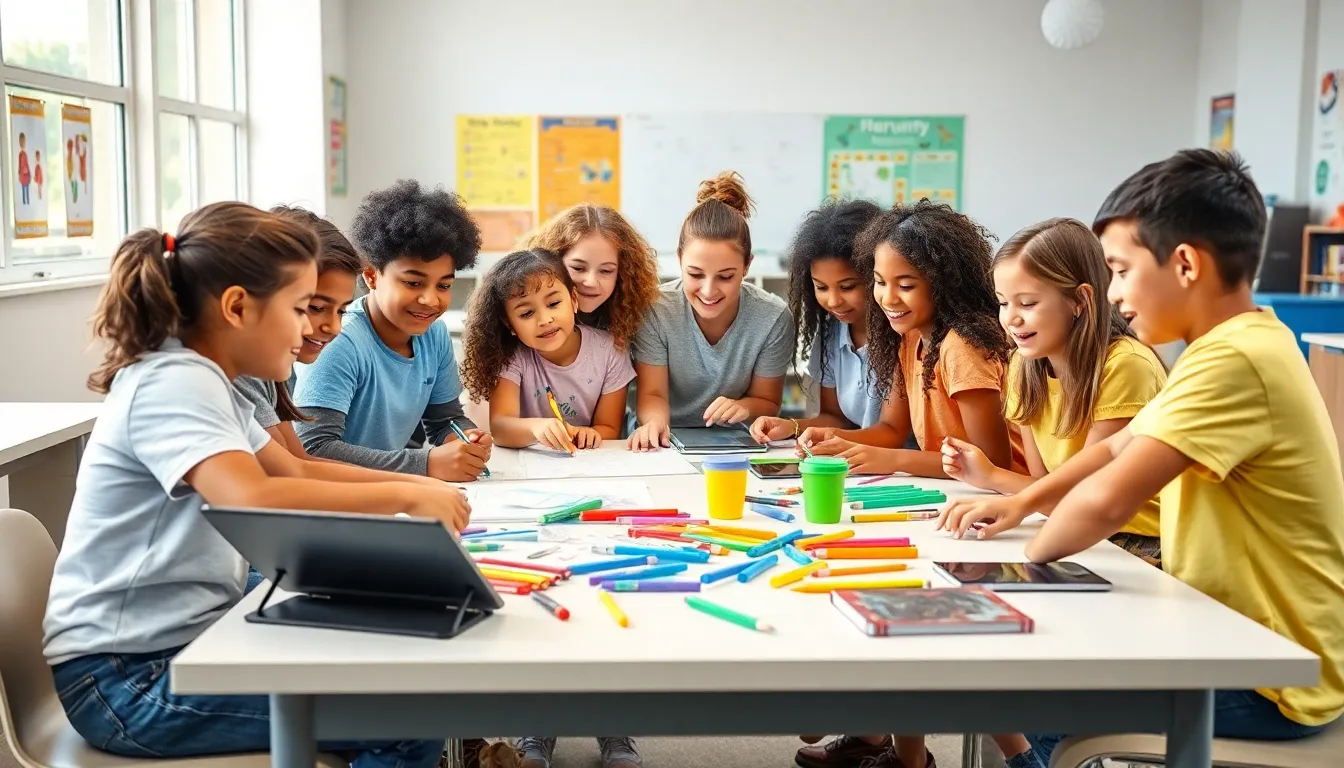In today’s fast-paced world, traditional teaching methods can feel as outdated as dial-up internet. Innovative teaching methods are shaking things up, making learning not just effective but downright fun. Imagine a classroom where students are not just passive listeners but active participants, engaged in their own learning journey.
From gamification to flipped classrooms, these fresh approaches are turning the educational experience on its head. Teachers are becoming facilitators of knowledge, guiding students through interactive lessons that spark curiosity and creativity. If you think learning should be as exciting as binge-watching a new series, then buckle up! It’s time to explore how these innovative techniques can transform education into an adventure that students actually want to embark on.
Table of Contents
ToggleOverview Of Innovative Teaching Methods
Innovative teaching methods enhance student engagement and foster a love for learning. They differ from traditional approaches by incorporating interactive elements that promote participation. Gamification stands out as a notable technique, where educational content transforms into games, increasing motivation and competitiveness among students.
Flipped classrooms represent another effective strategy. In this model, students explore new content at home, often through videos or reading, and then engage in hands-on activities during class time. This shift allows educators to dedicate more time to discussion and collaboration, addressing individual learning needs more effectively.
Project-based learning further exemplifies innovative practices. This method surrounds students with real-world problems, guiding them in working towards solutions. Such projects build critical thinking and problem-solving skills while encouraging teamwork.
Technology integration plays a vital role in innovative teaching. Digital tools and platforms provide diverse resources and avenues for collaboration. Online discussions, interactive simulations, and virtual field trips expand learning opportunities beyond the classroom walls.
Differentiated instruction is essential as well, customizing learning experiences to meet varied student needs. By adapting lessons to accommodate different learning styles and paces, teachers provide a more inclusive environment, ensuring every student can thrive.
Teachers serve as facilitators in these innovative methods, guiding students through discovery rather than imparting knowledge in a didactic manner. This shift cultivates an atmosphere of curiosity and inquiry, where students possess the agency to direct their learning. With these methods, education evolves into a dynamic and enriching experience that prepares students for future challenges.
Benefits Of Innovative Teaching Methods

Innovative teaching methods yield numerous advantages for both educators and students. These approaches create an enriched learning environment that enhances engagement and improves overall educational outcomes.
Enhanced Student Engagement
Active participation promotes deeper learning through innovative techniques. Gamification captures students’ attention by transforming lessons into interactive games. Project-based learning immerses students in real-world challenges, sparking curiosity and collaboration. Flipped classrooms encourage exploration at home, allowing for engaging in hands-on activities during class time. Such methods cultivate a love for learning, motivating students to take ownership of their educational journeys.
Improved Learning Outcomes
Innovative teaching methods contribute to significant improvements in academic performance. Data shows students often achieve higher test scores when engaged in interactive learning. Personalized instruction meets diverse learning styles, enabling each student to succeed. Critical thinking skills flourish through project-based learning, preparing learners for future challenges. Overall, these methods not only enhance knowledge retention but also equip students with essential skills applicable beyond the classroom.
Types Of Innovative Teaching Methods
Innovative teaching methods enhance engagement and foster a richer learning experience. Several techniques exemplify this shift towards more interactive education.
Project-Based Learning
Project-based learning immerses students in real-world challenges, promoting critical thinking and problem-solving skills. Students collaborate on projects that require research, planning, and execution, simulating workplace dynamics. This method encourages creativity as learners devise solutions to complex problems, fostering teamwork throughout the process. Data shows that 90% of educators believe project-based learning boosts student motivation. Students often retain information better and develop communication skills essential for their future careers.
Flipped Classroom
The flipped classroom approach transforms traditional learning by reversing the roles of classroom and homework. Students initially engage with new content at home through videos or readings, freeing classroom time for hands-on activities and discussions. This model fosters a deeper understanding of materials, as students come prepared with questions and ideas. Instructors can tailor support to individual needs during active learning sessions. Research indicates that students in flipped classrooms show a 30% improvement in academic performance compared to traditional settings, proving its effectiveness.
Gamification
Gamification incorporates game design elements into the learning process, enhancing student motivation and engagement. By turning lessons into competitive challenges or rewarding achievements, educators create a fun, interactive environment. This approach caters to different learning styles, making concepts more accessible through interactive quizzes, leaderboards, and digital badges. Studies reveal that 80% of students are more likely to engage with content when gamified. As a result, gamification not only increases participation but also improves information retention and fosters a positive attitude towards learning.
Implementing Innovative Teaching Methods
Implementing innovative teaching methods requires strategic planning and a focus on effective training and curriculum design. This approach ensures educators and students reap maximum benefits.
Training Educators
Training educators plays a crucial role in adopting innovative strategies. Professional development workshops focused on innovative methodologies help instructors gain confidence. Effective training includes hands-on sessions, allowing educators to implement techniques like gamification and project-based learning. A study indicates that 85% of educators feel more effective after participating in targeted training. Continuous support fosters a culture encouraging experimentation within the classroom. By actively engaging in collaborative discussions, teachers can share best practices and refine their skills. This collaborative environment nurtures a growth mindset among educators.
Designing Curriculum
Designing curriculum tailored for innovative teaching methods enhances student involvement. Engaging lesson plans integrate project-based learning while supporting diverse learning styles. Clear objectives guide students through research projects that align with real-world applications. Incorporating technology tools enables seamless interaction, making lessons dynamic. A flexible curriculum allows educators to adapt content based on student interests and pace. By prioritizing creativity and critical thinking, instructors prepare students for future challenges. Innovative assessments, such as peer evaluations, offer insights into student progress as well. These elements create a rich learning atmosphere where students thrive.
Innovative teaching methods are redefining the educational landscape. By prioritizing student engagement and active participation, these approaches create an environment where learning thrives. Techniques like gamification and project-based learning not only enhance motivation but also foster critical skills essential for future success.
As educators embrace their roles as facilitators, they cultivate a culture of curiosity and inquiry. This transformation ensures that students are not just passive recipients of information but active participants in their learning journey. With effective training and a tailored curriculum, the potential for enriched educational experiences is limitless. The future of education lies in these innovative practices that prepare students for the challenges ahead.

